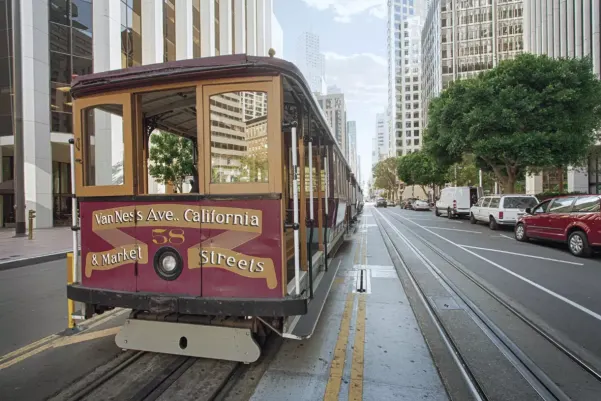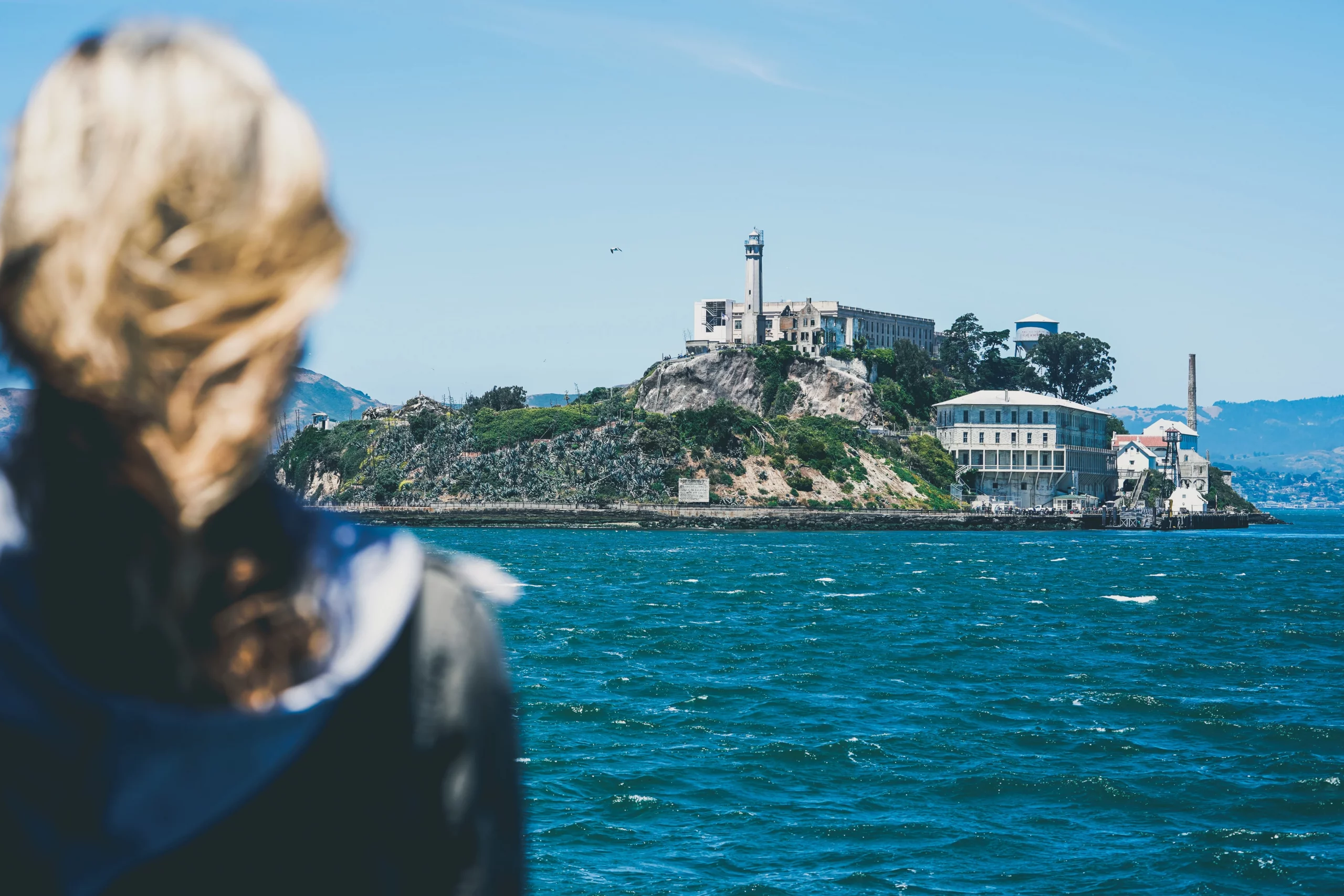San Francisco Cable Cars

The cable car is one of San Francisco’s iconic symbols. There are three cable car routes still in use running through San Francisco. They cover Nob Hill to North Beach and Fisherman’s Wharf, California Street from Van Ness to Drumm, and Hyde Street to Ghirardelli Square. Since 1964, the San Francisco cable car system has been designated as a “moving” National Historic Landmark.

Morning Guided San Francisco Sightseeing Tour
Most complete and entertaining San Francisco city tour available. Stops to explore Golden Gate Bridge, Palace of Fine Arts, Land’s End, and Twin Peaks.

Guided Alcatraz and San Francisco City Tour
This full-day guided tour breaks you into Alcatraz and explores the Palace of Fine Arts, Golden Gate Bridge, Land’s End and Twin Peaks.
Andrew Hallidie, whose father manufactured wire-rope in England, invented the cable car. In 1869, on the steep hills of San Francisco, Hallidie witnessed a horrible accident where five horses pulling a streetcar slipped, and were dragged to their deaths. He had already used wire-rope during the Gold Rush for pulling heavy mining cars out of the ground on tracks, and he began to work on a cable car railway system to deal with San Francisco’s famous hills. By 1873, Hallidie began testing the first cable car system at the top of Nob Hill at Clay and Jones Street.
Cable cars are pulled along by underground cables, which are powered by several 510 horsepower engines. To stop the heavy cable cars, the gripmen use three separate braking mechanisms—a lever in the front of the car, a foot brake, and in the rear a crank at the back of the cable car stops the wheels. Riders can sit inside the cable car, or hang on to the special poles on the side of the car.
The cable car routes are the Powell-Hyde line, Powell-Mason line and the California line, and all stop at Market Street in downtown San Francisco. Current price for a one-way cable car ride in San Francisco is $8.00 for adults. Children aged 4 and under ride for free. It’s important to note that prices are subject to change, so it’s always a good idea to check the official website or with a local tourism office for the most up-to-date pricing information.